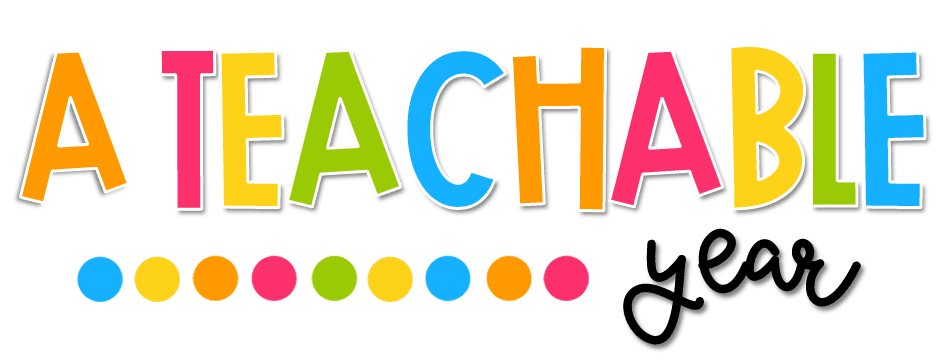The 4th of July, celebrated as Independence Day in the United States, presents ESL teachers with a remarkable opportunity to engage students in a lesson that commemorates history, celebrates patriotism, and explores the significance of this national holiday while enhancing language skills. This commemoration invites exploration of freedom, heritage, and the values of independence.
Understanding Independence Day
The 4th of July marks the adoption of the Declaration of Independence on July 4, 1776, declaring the United States' independence from British rule. It's a day of patriotic festivities, fireworks, parades, and celebrations across the nation.
Language Skills and Activities
Vocabulary Enrichment: Introduce 4th of July-related vocabulary such as independence, freedom, patriotism, liberty, celebration, and terms specific to American history and culture. Use historical documents or stories to reinforce these vocabulary terms.
Reading and Comprehension: Select excerpts from the Declaration of Independence or articles about the history and significance of Independence Day. Conduct reading sessions followed by discussions or comprehension tasks to explore the ideas and ideals behind this historic document.
Writing Tasks: Encourage students to write essays about the importance of independence, poems celebrating freedom, or narratives discussing their understanding of liberty. This exercise nurtures language skills while encouraging critical thinking about fundamental values.
Independence Day Traditions and Celebrations
Historical Insights: Discuss the significance of fireworks displays, parades, picnics, and other traditions associated with Independence Day celebrations across the country.
Cultural Representations: Explore iconic American symbols like the American flag, the Liberty Bell, and the Statue of Liberty, discussing their historical importance and symbolism.
Interactive Activities
Flag Creation: Encourage students to create their own flags or patriotic artwork that symbolizes freedom and independence, expressing their interpretations of these values.
Debates or Discussions: Organize debates or discussions on the importance of independence, the significance of the Declaration of Independence, or the relevance of freedom in today's world.
Reflective Discussions
Values of Freedom: Initiate discussions on the values of freedom, equality, and democracy, and how they shape a nation's identity and progress.
Global Perspectives: Encourage conversations about independence and liberty in different parts of the world, fostering a broader understanding of these universal values.
Teaching about Independence Day in ESL classes offers a unique opportunity to delve into history, culture, and the spirit of freedom. By integrating language exercises, discussions on traditions, interactive activities, and reflective conversations, educators create an engaging lesson that not only enhances language skills but also fosters a deeper appreciation for the values of liberty and independence.
As we celebrate Independence Day, let's inspire students to understand the significance of freedom, appreciate the legacy of those who fought for it, and embrace the values that unite us in the pursuit of liberty for all.




No comments
Post a Comment
Thanks for your comment!